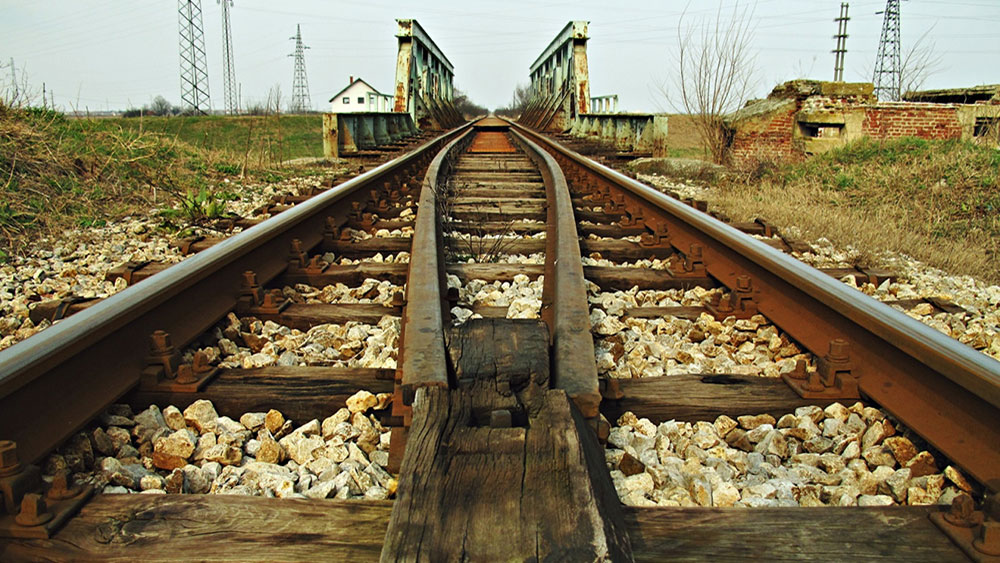The Hungarian government’s announcement of the plans to build a barbed fence along the border with Serbia has finally awoken Serbian politicians. First they were in shock and astonished, and then they became aware of how serious the problem of illegal migration is. A group for mixed migration movements was established; a new reception center in Presevo was announced; 30 policemen were arrested; an idea to organize a regional conference on migrants was initiated; they asked the EU for help. But these measures weren’t initiated in due time and they can’t solve the problem of irregular migrations completely. This is more of a one-time response which is supposed to show the public and the international community that we are a serious and welcoming country.
Prognoses of an increased inflow of migrants to Serbia have been known for at least two years. The European Agency for the Management of Operational Cooperation at the External Borders of the Member States of the European Union (FRONTEX) identified Serbia as the most affected by increased irregular migrations in 2013. That wasn’t because of the situation in 2013, but because of a trend which has been observed since the beginning of the conflict in Syria in the spring of 2011.
Most of the migrants enter Serbia by crossing the border with Macedonia, which is the main entrance to Europe in the Western Balkans. Migrants come by train, highway or through the forests and continue towards Hungary. The Macedonian side of the border is not the only problem, as our politicians claim. Our side of the border is also a problem, because migrants still manage to enter Serbia.
The number of irregular migrants in Serbia increased significantly in 2014 compared to 2013 and a new route for smuggling appeared: over the border with Bulgaria. The Serbian border police had no commissioner at that time. The strategy for combating illegal migrations expired and a new one is yet to be developed. All of this points to the fact that no one is prepared for the situation of, for example, 60,000 migrants coming to Serbia. And according to the unofficial statistics, that’s exactly how many of them are in Serbia right now. The entire population of the city of Paracin.
Although the figures showed that a true reform of the system for preventing irregular migrations was needed, it didn’t happen. That is why we now have rushed solutions which only blur the reality. And mistakes are being made. That is how the minister of labor, employment, veteran and social policy, after the meeting of the group for dealing with the issue of mixed migration movements, came to say that the Serbian police and army are guarding Serbian borders and stopping thousands of migrants every day. The Serbian army hasn’t been controlling the state border for 8 years and it is only allowed to stop migrants under certain circumstances which are not relevant at the moment.
Serbian politicians agree that they can’t solve the problem of irregular migrations without the EU. That is why they asked the EU for help as soon as the Hungarian 174-kilometers-long fence was announced and said that it’s the EU’s problem since that’s where the migrants are headed. As if no one realized that several tens of thousands of refugees were already in Serbia at that moment.
The European Commission can’t forbid Hungary from building the fence. It all depends on the agreement between Hungary and Serbia. That is why we need to establish why the agreement on border control of road, railway and water traffic that these two states signed in 2012 isn’t working and how to improve the joint border control. And besides, the European Union is busy with the migrants which are already in its member-states. The recent decision to transfer 40,000 asylum seekers from Italy and Greece to other member-states won’t solve the problem.
Serbia missed its last opportunity to solve the problem of irregular migrations with minor consequences last year, when the route across the Bulgarian border opened. Since then, the pressure has increased, because now we have to guard the border in three directions: from Macedonia and Bulgaria and towards Hungary. The Hungarian-Serbian border is currently under greater pressure from migrants than the Greek-Albanian border. The right moment has passed, but the problem remains.
The idea to organize a regional conference is good, since irregular migrations are a common problem of all Balkan countries. The agenda for that conference should include, first of all, the issue of accommodation of irregular migrants and asylum seekers in Serbia, but also training for recognizing their traumas. The recent meeting held in Bucharest in the Southeast European Law Enforcement Center (SELEC) is supposed to improve police cooperation in order to prevent smuggling and trafficking. A dialogue on implementation of the readmission agreement with Macedonia should also be initiated, with participation of EU institutions.
Since the existing strategy has expired and the situation has changed significantly since this document was developed in 2009, a new solution to forced migrations is urgently needed. Penalties for assisting unauthorized entry, transit and stay should be stricter. We should consider granting special status to migrants who can’t be returned to their states of origin and don’t enjoy any form of international protection. And finally, in order to determine the exact number of migrants in Serbia, we need to improve the conditions for establishing the identities of migrants and enable the police to take their fingerprints as soon as they come into contact with them.
Finally, it’s important to monitor trends, develop scenarios and be prepared for everything. Late responses are expensive.
The author is a researcher of the Belgrade center for security policy (BCSP).
Translated by Marijana Simic
Peščanik.net, 01.07.2015.



